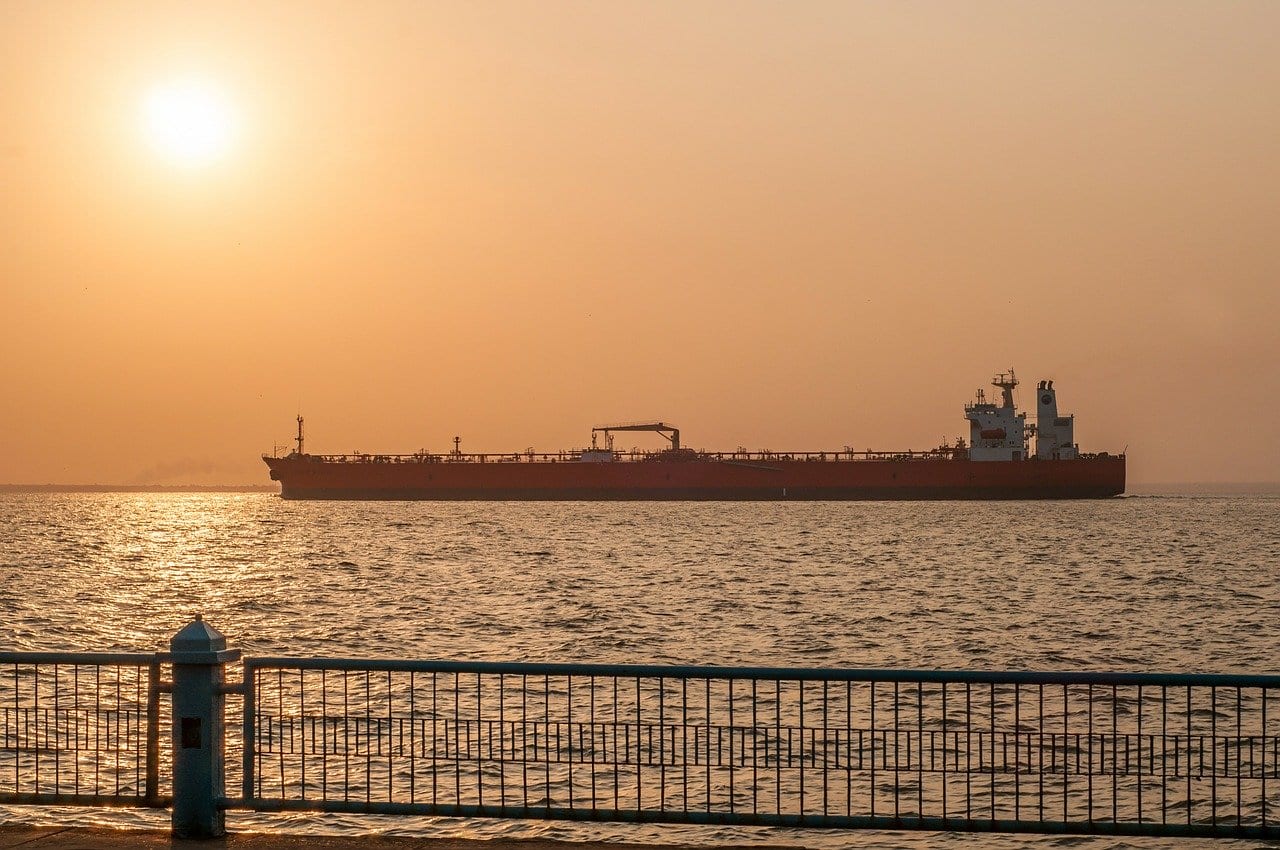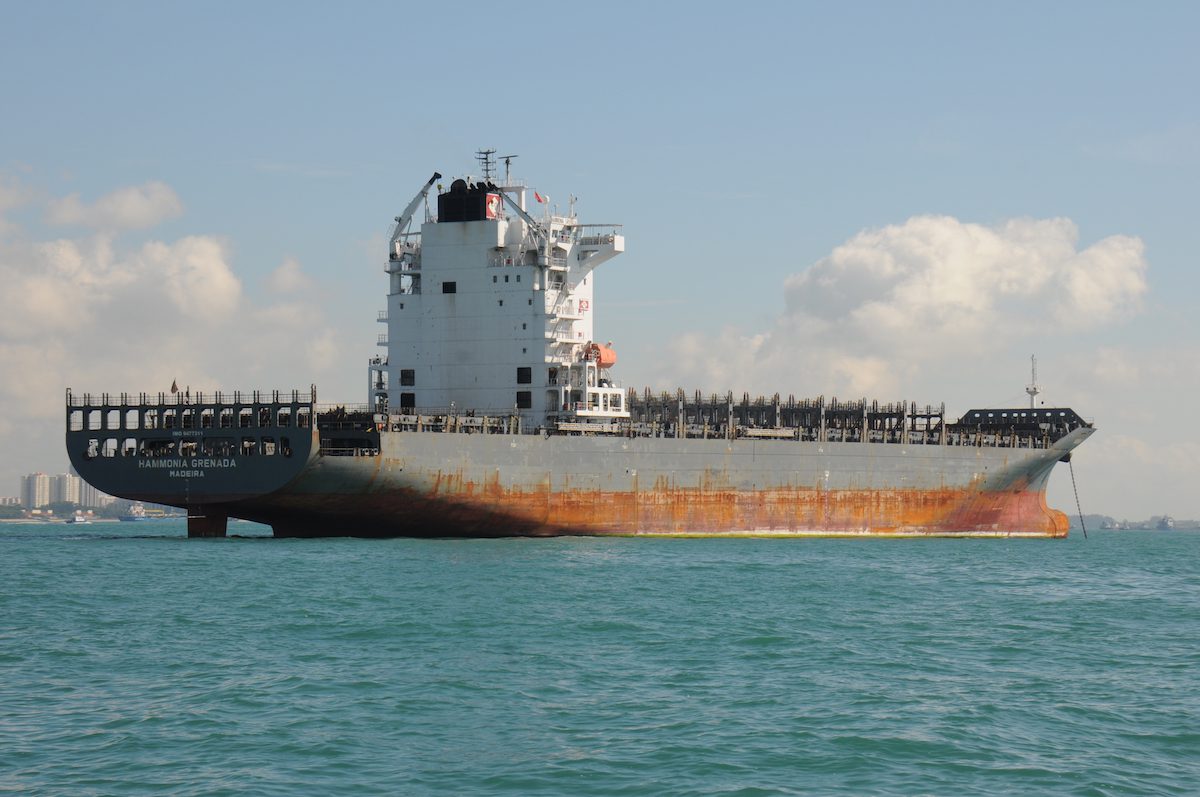By Charlotte Goldstone (The Loadstar) –
A new reservoir at the Panama Canal to improve reliability could be ready within four to five years of construction, but there are regulatory and social hurdles to overcome first.
The Panama Canal Authority (ACP) has been weighing-up “long-term solutions” to bolster the resilience of its key shipping route following last year’s El Nino-induced drought, which saw a reduction in daily transits.
The canal has a design capacity of 36 transits a day, although this is typically between 34 and 38. The weight restrictions caused serious bottlenecks for shipping. Late last year ACP warned that daily transits could fall to as few as 18 by February, but mitigation efforts saw 20 as the lowest number.
Currently, the daily transit allowance is 32. Last week, however, ACP announced its intention to increase this to 33 by 11 July and 34 by 22 July, signalling a return to normality.
The Loadstar previously reported that ACP had been exploring constructing a new reservoir to “reduce the pressure on the canal’s lake system” and “offer an estimated equivalent of 11 transits’ worth of water”.
A spokesperson told The Loadstar the creation of an additional reservoir on the Rio Indio, at a cost of around $900m, would be ready within four to five years, once construction was greenlighted.
However, the Rio Indio project requires two preliminary actions by the government: removing legal restrictions on the construction of reservoirs in the country; and defining the watershed boundaries so ACP can control the territory where the reservoir would be sited.
“These decisions fall under the executive branch, which would need to propose legislation to the national assembly to make the necessary reforms,” the spokesperson told The Loadstar.
“We remain optimistic and are prepared to advance the process and develop long-term solutions as soon as possible,” they added.
Additionally, the spokesperson said, the project could only proceed “after reaching consensus with the communities that could be affected”.
“The Rio Indio reservoir’s storage capacity would be sufficient to continue guaranteeing water supply for 55% of the population. It will require extensive collaboration with impacted communities. The canal is prepared to engage with residents to address their needs and commit funding to improve living conditions in the Rio Indio area, while also addressing environmental concerns.”
Meanwhile, canal administrator Ricaurte Morales has said ACP aimed to make the pre-booking system employed to manage the reduced transit slots, permanent. Normally only about 70% of transits are booked in advance.
“The diligent use of the reservation system for all vessels, necessitated by the challenges posed by the drought, notably enhanced the canal’s reliability,” he said. The system ensured all pre-booked vessels saw “significantly reducing waiting times”, with the first quarter seeing a 10-hour reduction in wait times, year on year.
“Several other potential long-term solutions or combinations of projects are under consideration to address the water issue, including one that would extract water from Bayano Lake into Alajuela Lake via a pipeline,” the spokesperson added.
The Loadstar is known at the highest levels of logistics and supply chain management as one of the best sources of influential analysis and commentary.

 Join The Club
Join The Club










